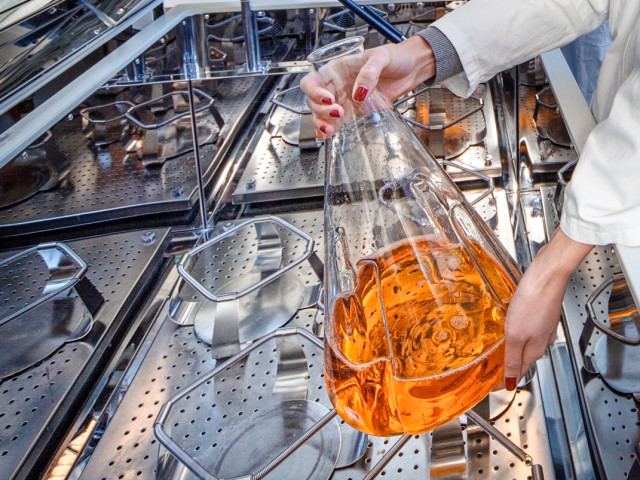- The crystalline state and desciption of crystal structures
- Determination of solid structures, practical use of databases
- Bands and bonding structure of solids
- Physical properties of various solids
- Production and characterization of some nanomaterials
- Basic principles of X-ray diffraction
- Basic principles of electron microscopy
- Basic principles of solid state NMR spectroscopy
KD2155 Solid State Chemistry: Structures and Methods 7.5 credits

Information per course offering
Information for Spring 2026 Start 16 Mar 2026 programme students
- Course location
KTH Campus
- Duration
- 16 Mar 2026 - 1 Jun 2026
- Periods
Spring 2026: P4 (7.5 hp)
- Pace of study
50%
- Application code
60912
- Form of study
Normal Daytime
- Language of instruction
English
- Course memo
- Course memo is not published
- Number of places
Min: 12
- Target group
- No information inserted
- Planned modular schedule
- [object Object]
- Schedule
Contact
Course syllabus as PDF
Please note: all information from the Course syllabus is available on this page in an accessible format.
Course syllabus KD2155 (Spring 2020–)Content and learning outcomes
Course contents
Intended learning outcomes
After completion of the course the student will be able to:
- Describe the relationship between structure and chemical bonding and draw conclusions about the physical properties of materials such as macroscopic magnetic, electrical and optical behaviour, describe structure, physical properties of semiconductors and operation principles of semiconductor devices.
- Describe the basic principles of solid-state NMR, X-rays diffraction and electron microscopy, describe and exercise selected methods of solid state synthesis.
Literature and preparations
Specific prerequisites
At least 150 credits from grades 1, 2 and 3 of which at least 110 credits from years 1 and 2, and bachelor's work must be completed, within a programme that includes:
75 university credits (hp) in chemistry or chemical engineering, 20 university credits (hp) in mathematics and 6 university credits (hp) in computer science or corresponding
Recommended prerequisites
KF1165 Materials Chemistry and Properties
Literature
R. Tilley, Understanding Solids: The Science of Materials, 2e, Wiley 2013
Distributed course material
Examination and completion
Grading scale
Examination
- TEN1 - Written Exam, 5.0 credits, grading scale: A, B, C, D, E, FX, F
- LAB1 - Laboratory Work, 2.5 credits, grading scale: P, F
Based on recommendation from KTH’s coordinator for disabilities, the examiner will decide how to adapt an examination for students with documented disability.
The examiner may apply another examination format when re-examining individual students.
If the course is discontinued, students may request to be examined during the following two academic years.
Other requirements for final grade
Completed and passed all course components
Examiner
Ethical approach
- All members of a group are responsible for the group's work.
- In any assessment, every student shall honestly disclose any help received and sources used.
- In an oral assessment, every student shall be able to present and answer questions about the entire assignment and solution.
Further information
Course room in Canvas
Offered by
Main field of study
Education cycle
Supplementary information
The course overlaps with KD2150